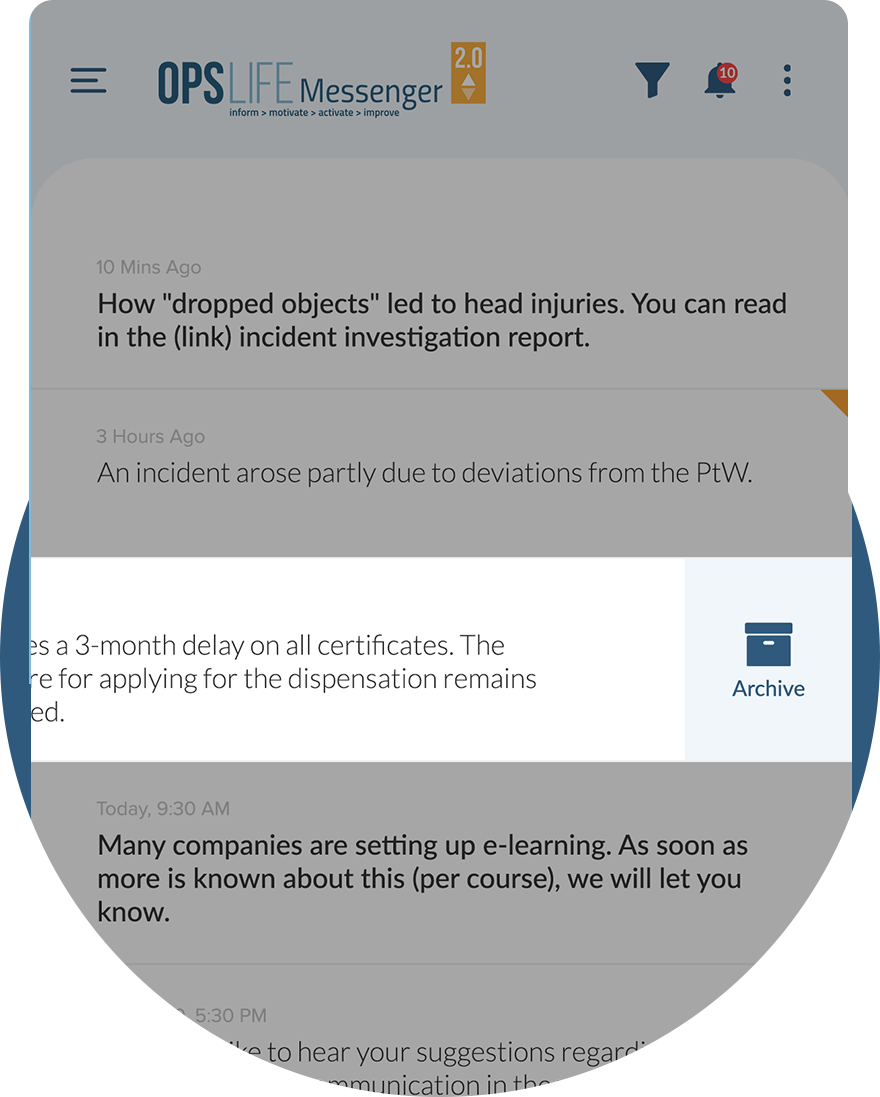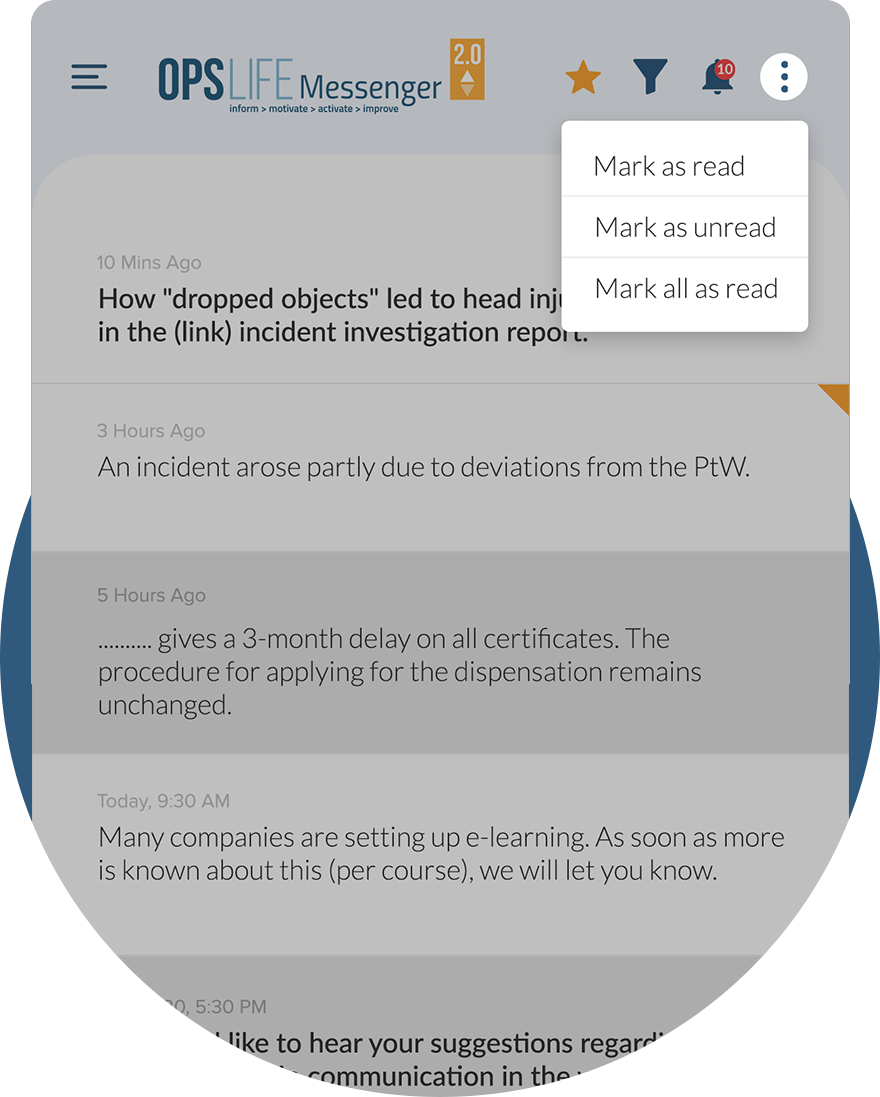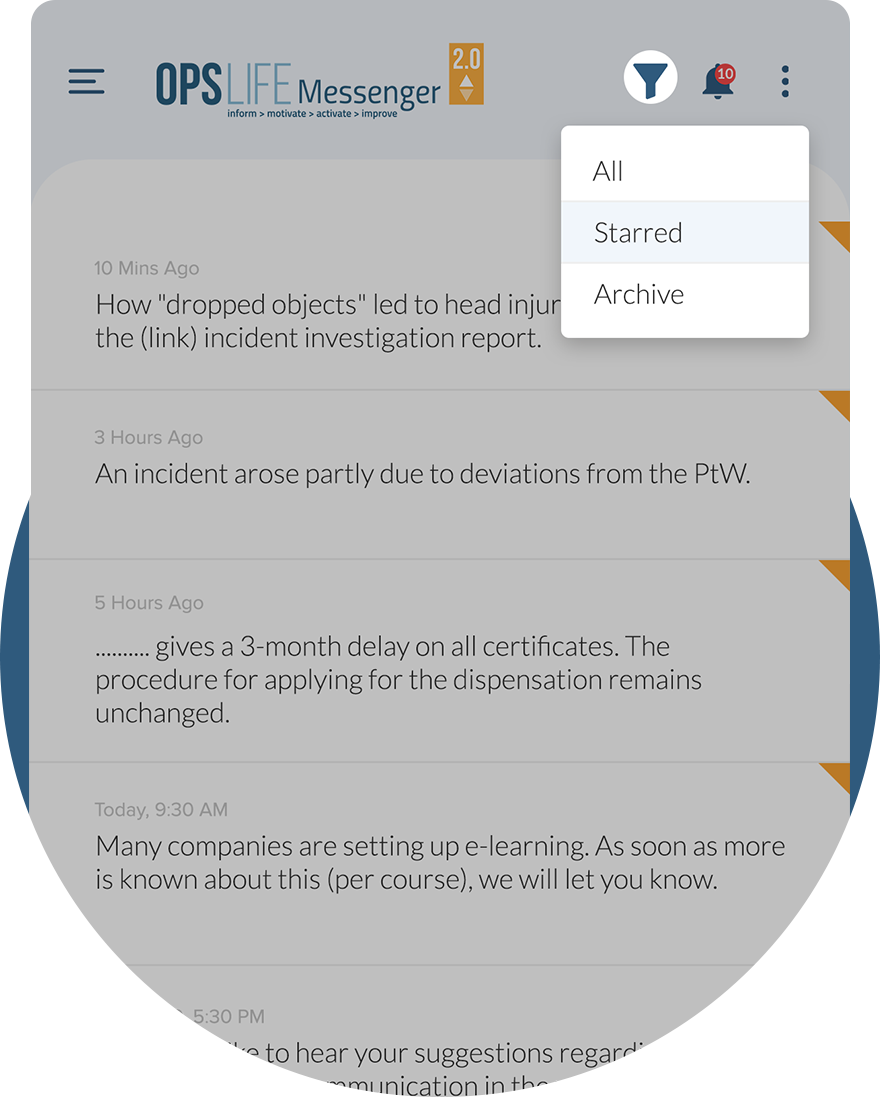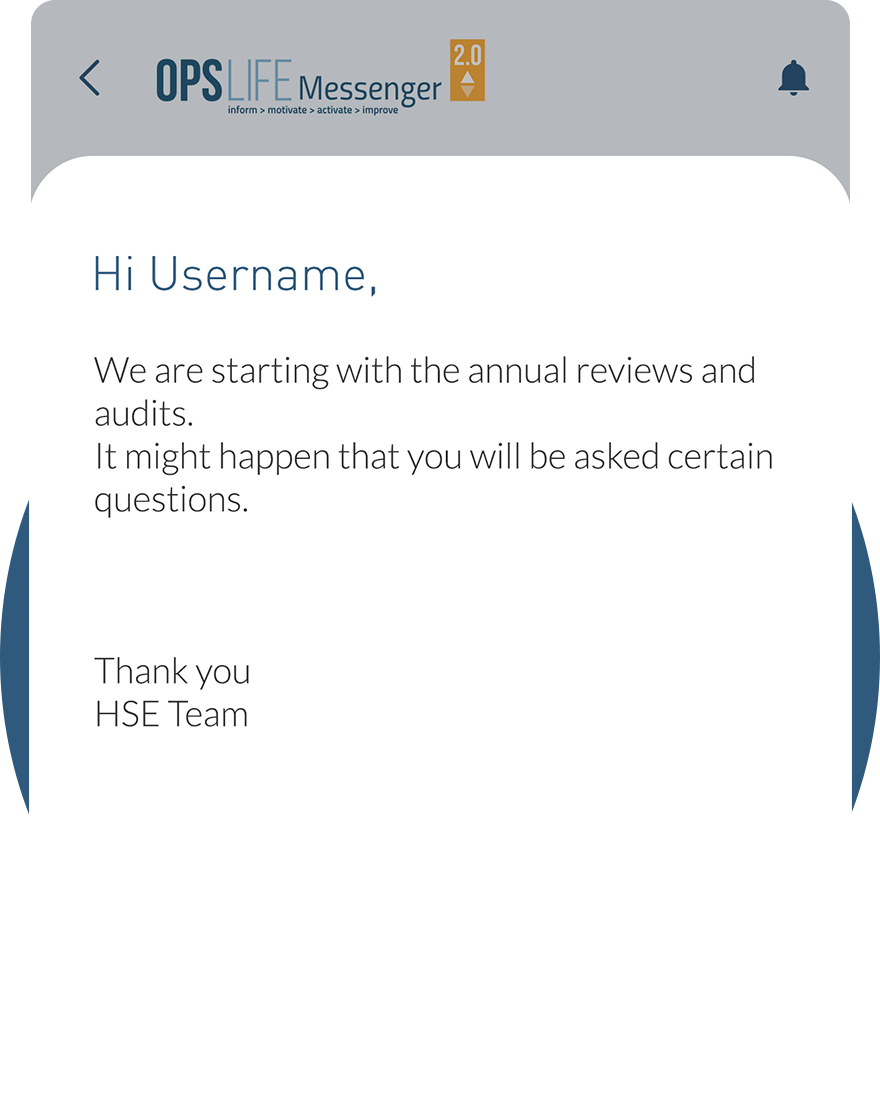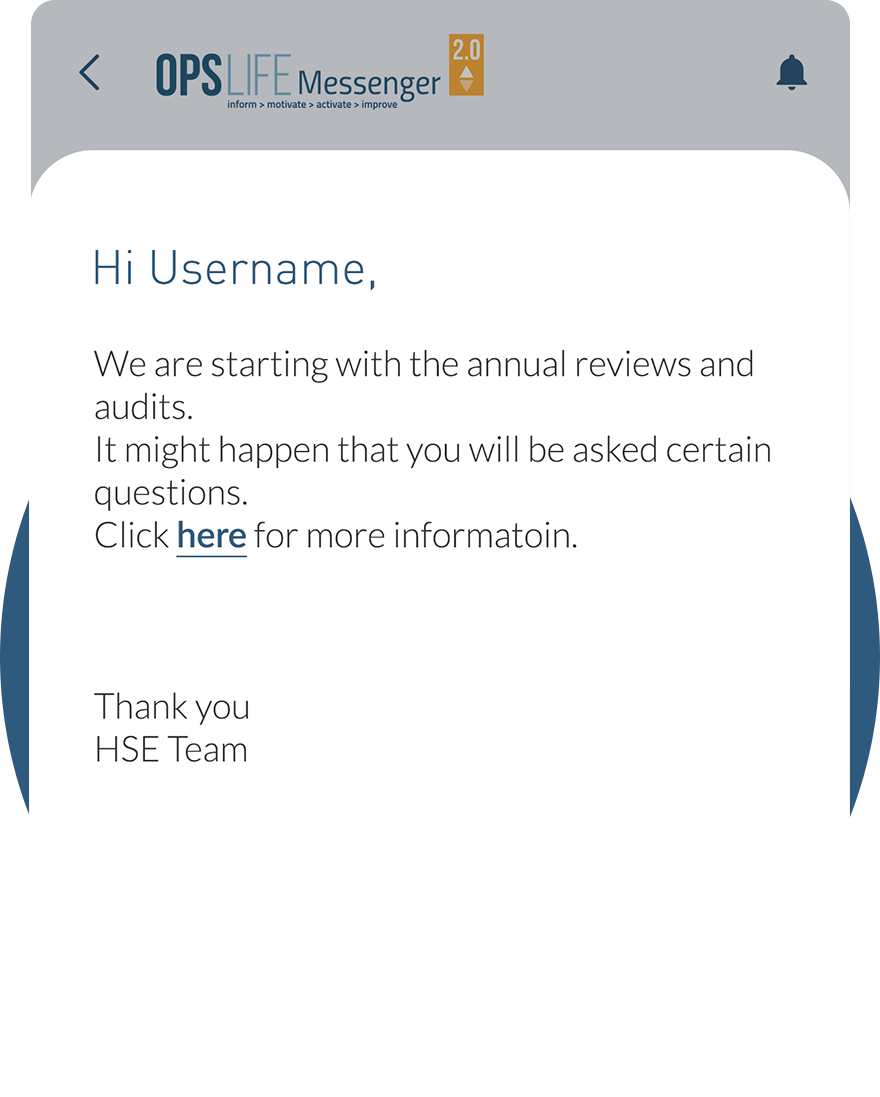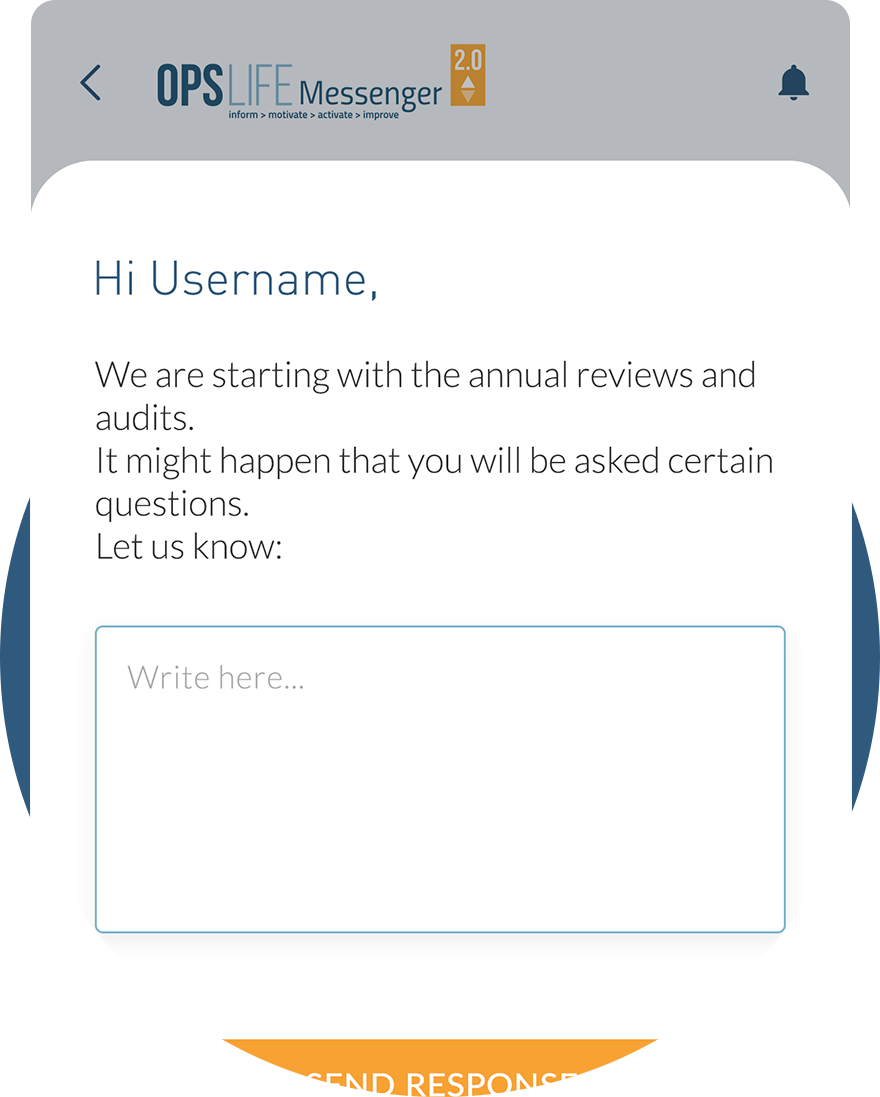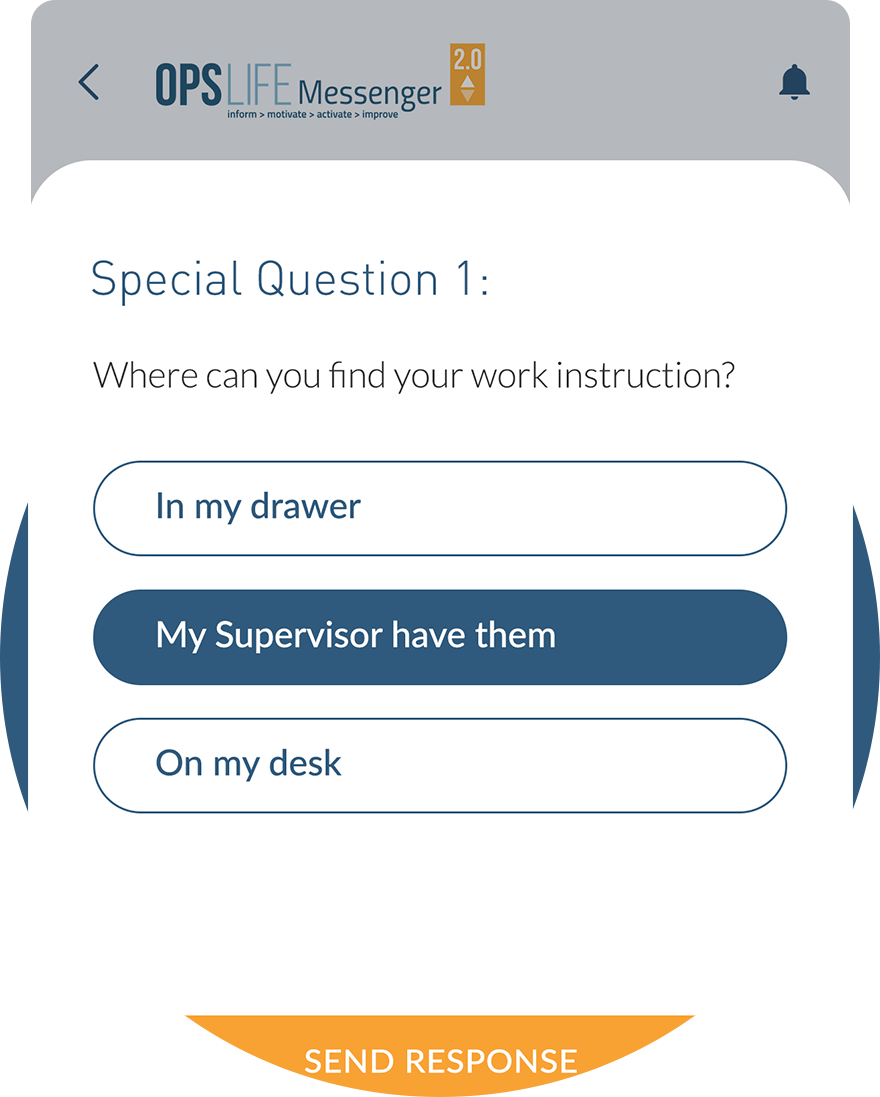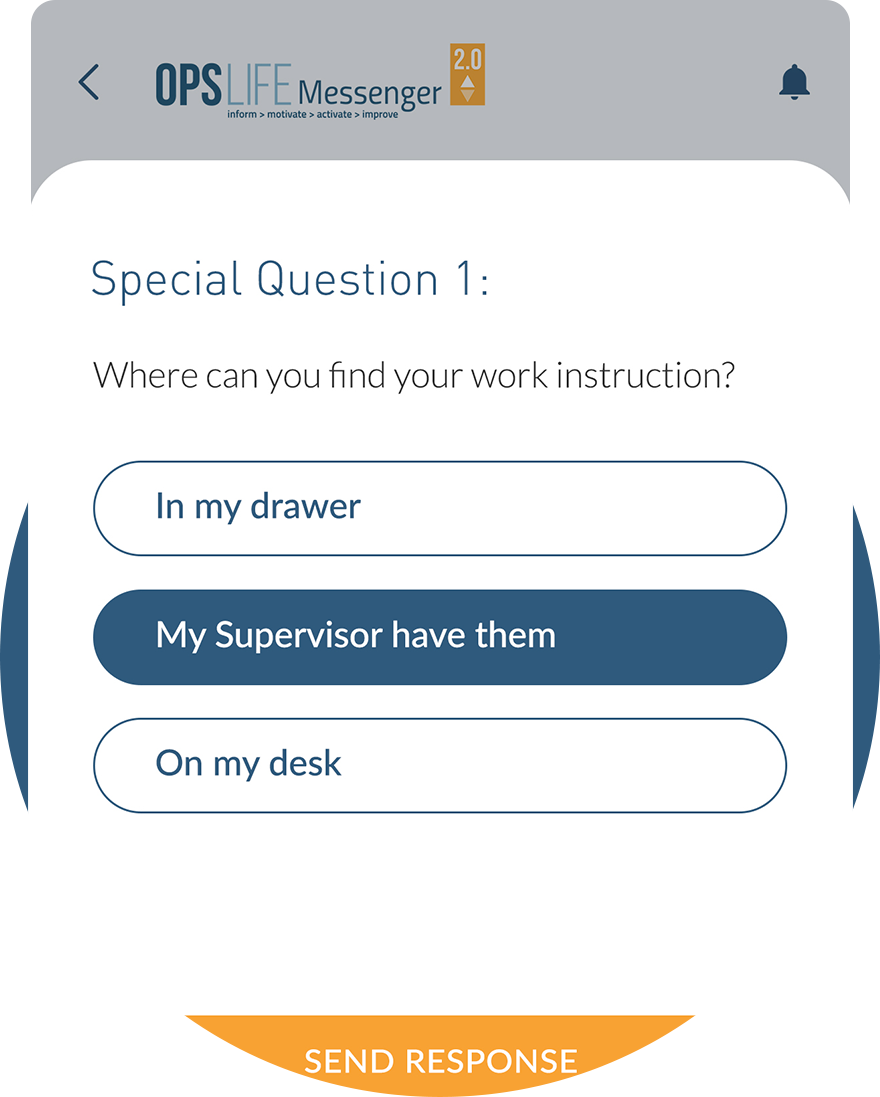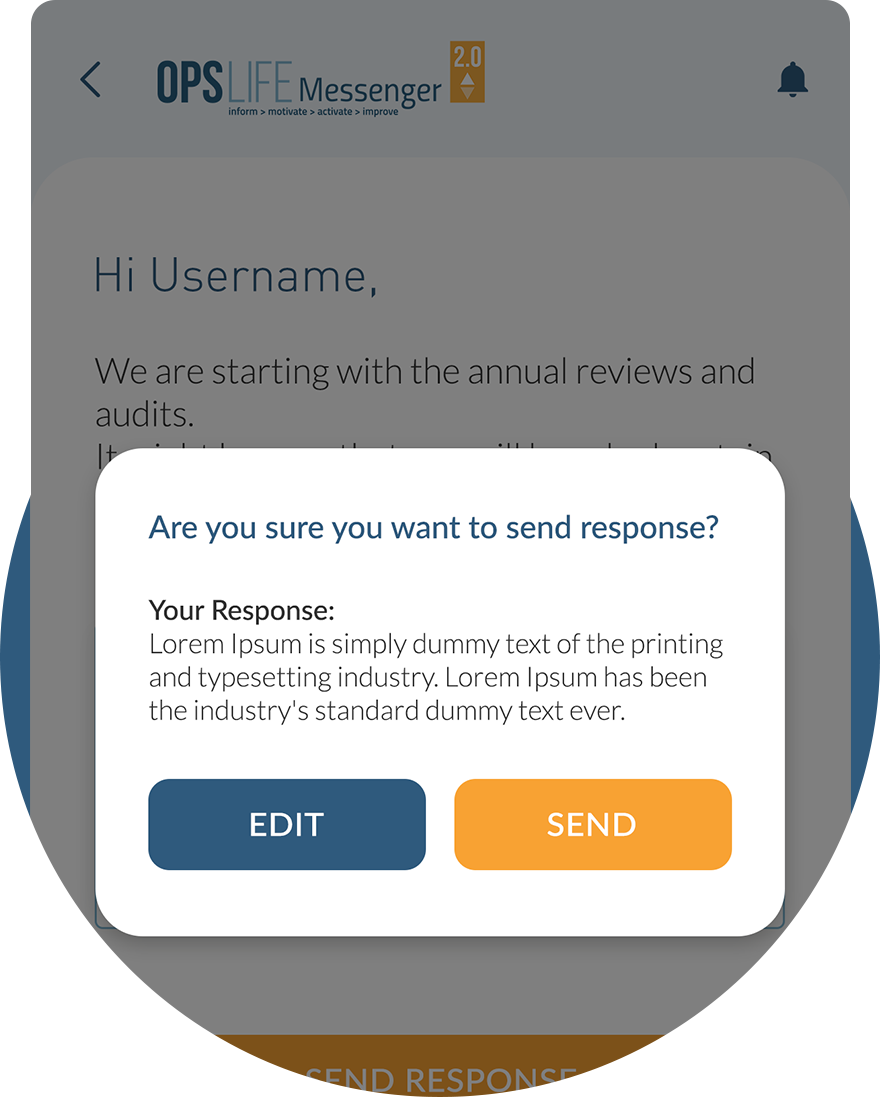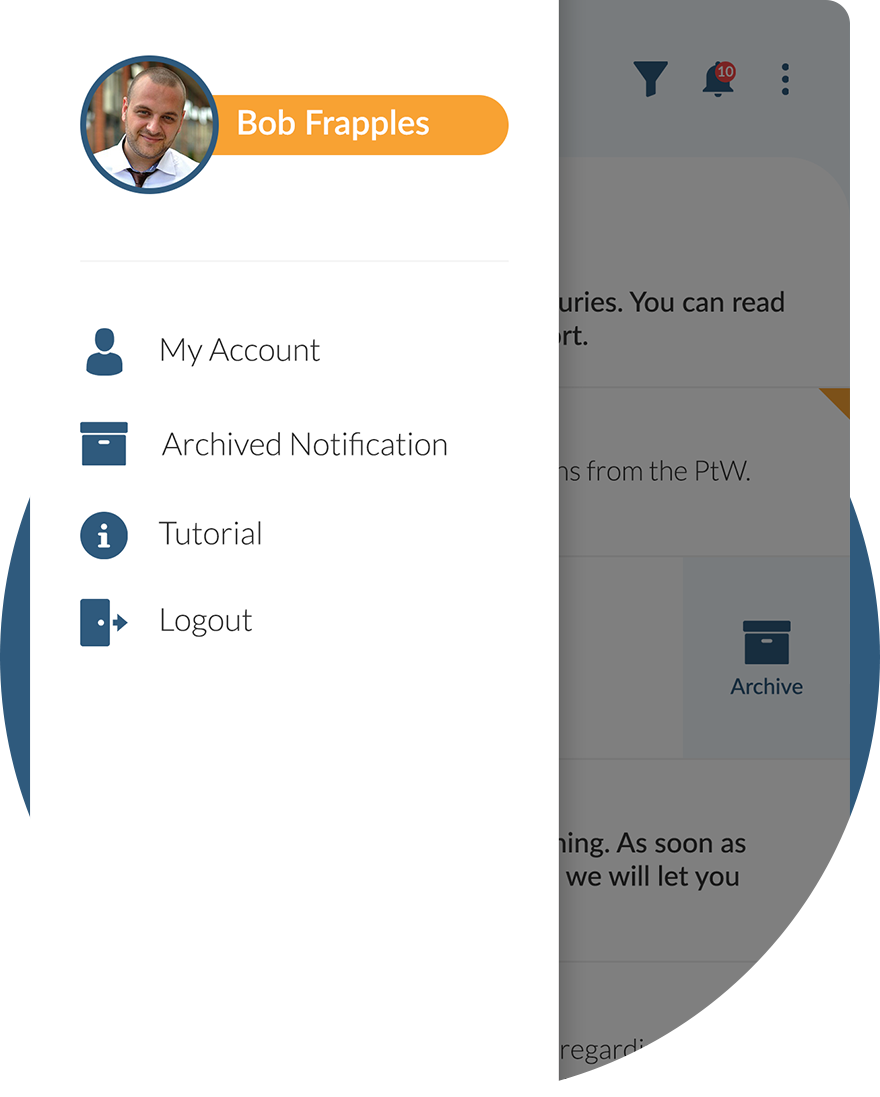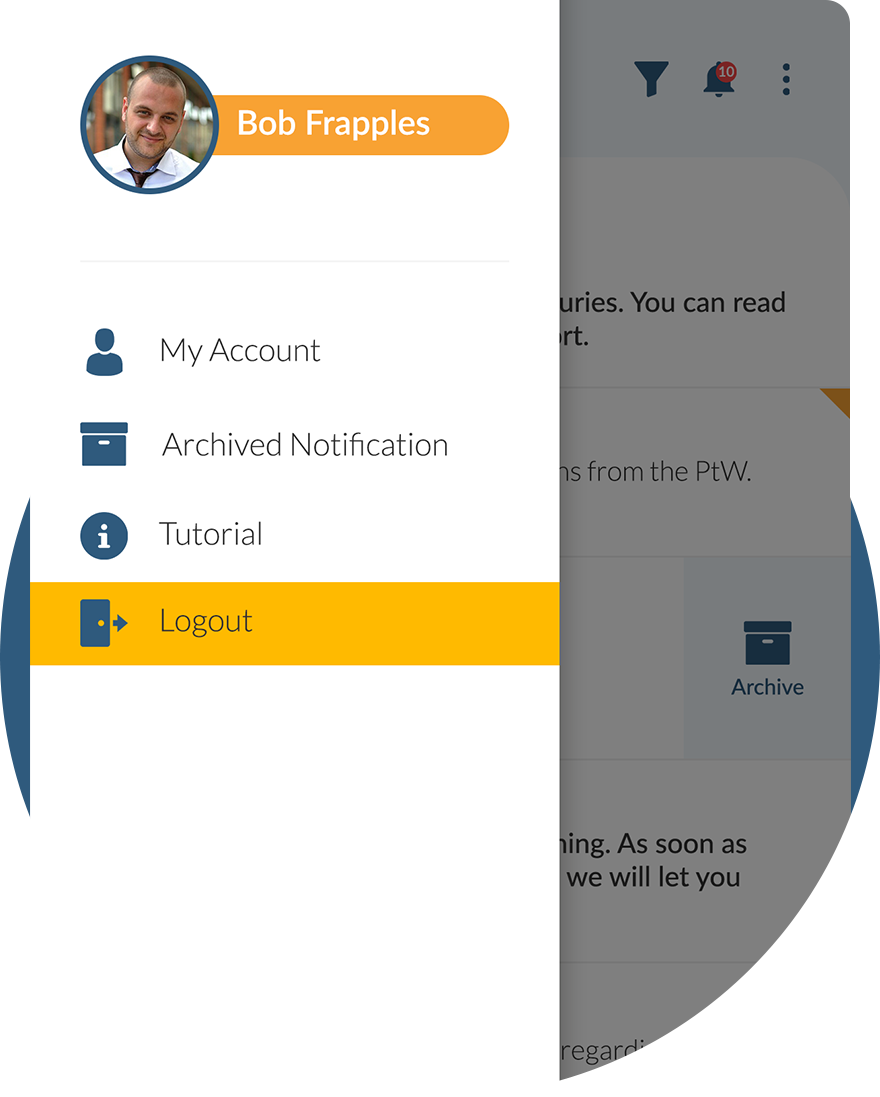Basic HSE information about First Aid and set of tools to be used at work
First Aid
- Workplace Information
- Toolbox Information
- Check Your Knowledge
- Action Focus Campaign
IMPORTANT INFO
- Always call the emergency number or have one called.
- It is imperative that designated team members in the workplace know essential first aid.
- A first aider should be qualified to give first aid treatment.
- The first-aid box must be within easy reach and must be checked regularly.
- In case of an injury, first check whether you or the casualty are in any danger.
WHAT IS IT?
First aid is emergency care given immediately to an injured person. The purpose of first aid is to minimize injury and future disability. In serious cases, first aid may be necessary to keep those injured alive.
The general do’s and don’ts of first aid are:
- do reassure the injured person that you are a qualified first aider, and that they are in safe hands
- do call the emergency number and request an ambulance right away if the injury is really serious
- don’t move the injured person unless it is absolutely necessary
- do visually and verbally assess the injured person
- do practice good personal hygiene
- don’t forget to remove external hazards
- do try and take the pain off the patient’s mind by talking calmly to them
HAZARDS
Workplaces have varying hidden hazards:
- risk of fire and explosion
- hazards of toxic substances
- hazards due to excessive noise
- hazards due to the presence of radiation
- hazards due to moving parts
- hazards due to falling objects
- hazards posed by vehicles and traffic
- cutting hazard
- fall hazard
PREVENTION
Making the workplace a safe environment is one of the top priorities of companies. Yet, despite the many safety precautions in place, accidents still occur and workers get injured. That is why it is imperative that designated team members in the workplace know essential first aid. Combined with awareness and quick thinking, these simple actions can help prevent accidents and injuries:
- keep calm, don’t panic
- know the Person-in-Charge
- maintain a fully-stocked first-aid kit
- ensure safety at the workplace
PROTECTION
The main aims of first aid are:
- preserve life
- prevent the escalation of the illness or injury
- promote recovery
- pain relief
- protect the unconscious
There are four golden rules prior to commencing any first aid:
- stay calm – if you panic you won’t be able to help
- do not place yourself in danger
- treat the life-threatening injuries first
- seek help as soon as possible
IN CASE OF...
In case of an illness, injury, or emergency situation that requires treatment and emergency personnel have not arrived, first aid should be commenced.
First actions
If the injured person is unconscious:
- check consciousness: gently shake the shoulders and speak to the injured person
- call the emergency number, or have a bystander call, and request an ambulance
- if it is possible to remain on the line with the emergency service, put the phone on speaker
- have someone bring an AED
- clear the airway
- check breathing: look and listen for 10 seconds
- if breathing is irregular: lay the injured person on their side
- check breathing every minute
- if breathing stops: start cardiopulmonary resuscitation
Heavy bleeding:
- let the injured person press on the wound themselves
- call the emergency number, or have a bystander call, and request an ambulance
- if it is possible to remain on the line with the emergency service, put the phone on speaker
- put on disposable gloves
- apply pressure to the wound
Burn:
- cool the burn as soon as possible (for at least 10 minutes)
- call the emergency number, or have a bystander call, and request an ambulance
- if it is possible to remain on the line with the emergency service, put the phone on speaker
Unconscious and not breathing:
-
- check consciousness: gently shake the shoulders and speak to the injured person
- call the emergency number, or have a bystander call, and request an ambulance
- if it is possible to remain on the line with the emergency service, put the phone on speaker
- have someone bring an AED
- clear the airway
- check breathing: look and listen for 10 seconds
- perform 30 chest compressions
- interlock your fingers
- compress the sternum at right angles
- perform 30 chest compressions and give 2 gentle puffs or breaths
- continue until the AED or emergency services arrive
Poisoning:
- the injured person has ingested a toxic substance or has taken an overdose
- call the emergency number, or have a bystander call, and request an ambulance
- if it is possible to remain on the line with the emergency service, put the phone on speaker
- follow the advice of the emergency services
- place an unconscious person on their side
Severe choking:
- call the emergency number, or have a bystander call, and request an ambulance
- if it is possible to remain on the line with the emergency service, put the phone on speaker
- strike 5 times between the shoulder blades
- then perform 5 abdominal thrusts
- alternate between 5 strikes and 5 abdominal thrusts
- if the injured person becomes unconscious: check whether help is on the way; call the emergency number again and update the status to that of ‘unconscious’
- start cardiopulmonary resuscitation
Start your daily work with safety!
Onscreen presentation is very useful to use during work preparation or toolbox meetings. It provides short and concrete information. Five questions and answers at the end of presentation can be used to make the meeting more interactive and to give conversation a boost.
Be always prepared for the work!
It is of utmost importance to be well prepared before you start the work.
By clicking on the button below you can check your knowledge about this HSEQ subject.
After completion of the knowledge check, your certificate will be visible in
MY ACCOUNT > My training.
